Originally from Quebec’s Eastern Townships (b.1979), Louis Perreault lives and works in Montreal. He deploys his practice within his own personal photographic projects and in the publishing initiatives to which he collaborates. In one case as in the other, the photobook plays a central role in his thinking and his work.
In 2007, he completed a BFA (major in photography) at Concordia University, where he also received in 2012 an interdisciplinary Master of Fine Arts (M.A. Fine Arts – SIP program). In 2012, he founded Les Éditions du renard in order to create a publishing platform for Quebec’s photobooks.
His photographic work explores the notion of place and try to communicate stories that are deeply rooted in a poetic endeavor. In each of his projects, Louis aims at making visible the interaction at play between the places that he explores and the events that are taking place there. He does so through the urban landscapes, the architectural details and the portraits he produces. Louis Perreault explores the evocative potential of photographic images and tries to express the emotional connections we have both with the history and the becoming of places. His work does not try to explain or inform the viewer about a certain location but rather tries to tell the story of its exploration. His instinctive method leads him to create images in non-controlled environments, as he discovers in his fieldwork the nature of the photographs that will then constitute his projects.
In recent years, he became interested in the history and contemporary situation of Montreal’s Hochelaga-Maisonneuve neighborhood. More recently, a trip to Central America gave him the opportunity to explore new territories, those of the vast Latin Americas.
His work has been exhibited mainly in Quebec, most notably during the Rencontre photographique du Kamouraska (2016), at VU photo (2013), at Raymond-Lasnier Exhibition Centre (2013) and on the web as part of the interactive documentaries created by the NFB (Otage de moi, 2010).
His work has received prizes from Infopresse in Montreal (2010, 2004, 2003) and the Magenta Foundation in Toronto (2014, 2012, 2009).
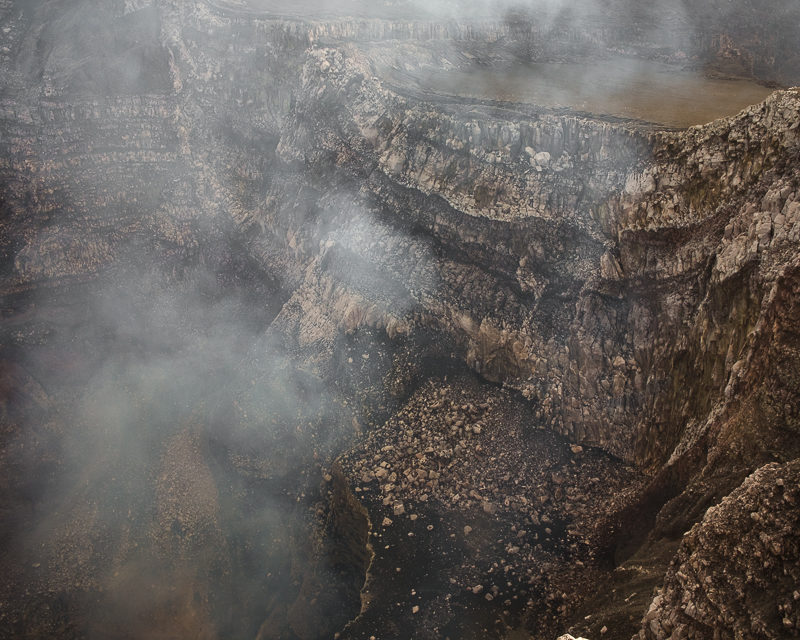
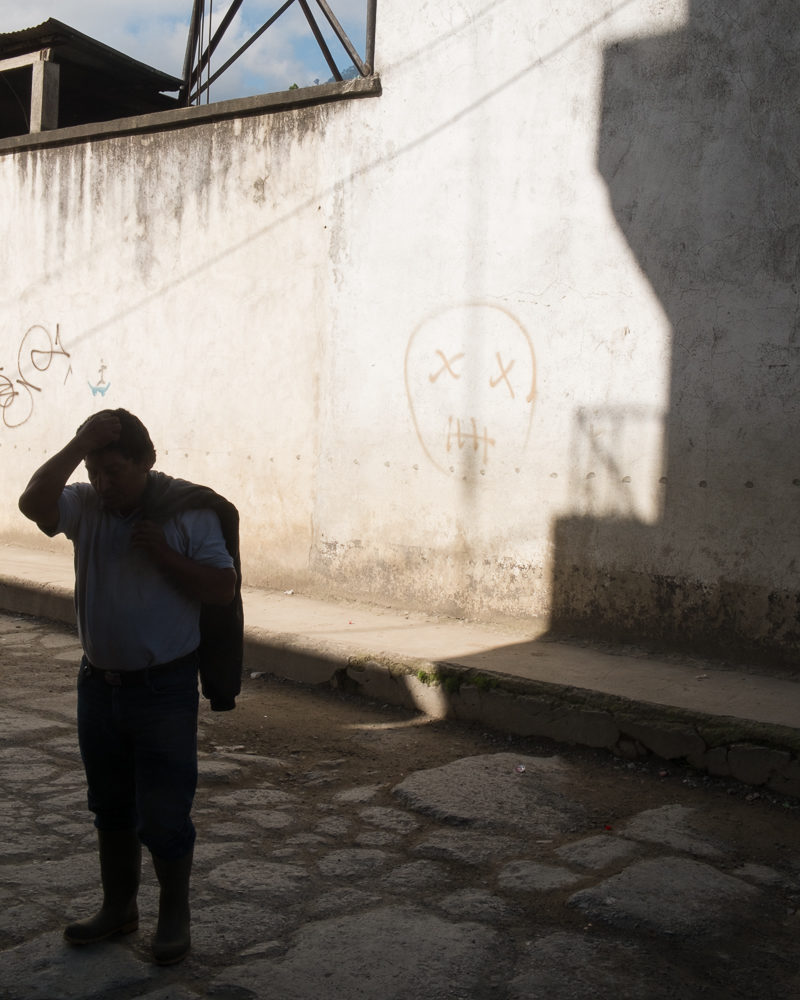

Volcán
“[…]an invisible landscape conditions the visible one; everything that moves in the sunlight is driven by the lapping wave enclosed beneath the rock’s calcareous sky.”
— Italo Calvino, The Invisible Cities
Through Volcán, one crosses the territories of Mexico and Central America, a travel that is both real and invented. The fugitive signs of local cultures remain impregnated in the materials and gestures that become the elements of a fragile visual construction. From one image to the other, the narratives are made and unraveled in order to tell, globally, the story of a journey in the landscapes of these hinterlands.
From the coast to the centers of towns and villages, the harsh light of the afternoon pierces the dust raised by the passage of cars and motorbikes. The atmosphere is transformed immediately. In the mountains, the mist envelops the roads and sometimes a spectacular ray of light passes through the clouds. The immensity becomes intimate as one absorbs, surprised, the space that unfolds in the distance.
At the corner of a street, a man looks in front of him. He is still, transformed by photography just like the landscape emerges from the territory. The interior topography of the first joins the steep landform of the latter, a forced concomitance from which springs another kind of light, that of the sequence of images. Further on the footsteps of the Church, the devotion of a prayer can be heard.
Volcán ultimately leads to a constructed, fictitious geography, which evades any desire to locate specifically the places that are presented. Familiar elements are recognizable as well as the traces of places that one may have imagined. If photography makes visible the things it seems to reproduce, the reality that it presents can not be named completely. Thus the images illuminate one another, like bursts of light in the silence and turmoil of the Americas.
…
In the crater of a volcano, a force in motion acts with fury while on the surface everything seems still. When we look back, the changes we see appear to be profound, unavoidable. There lies the beauty of history: everything is transformed without us seeing the movement of these forces acting like the magma that sometimes abruptly makes the places we inhabit and visit tremble.





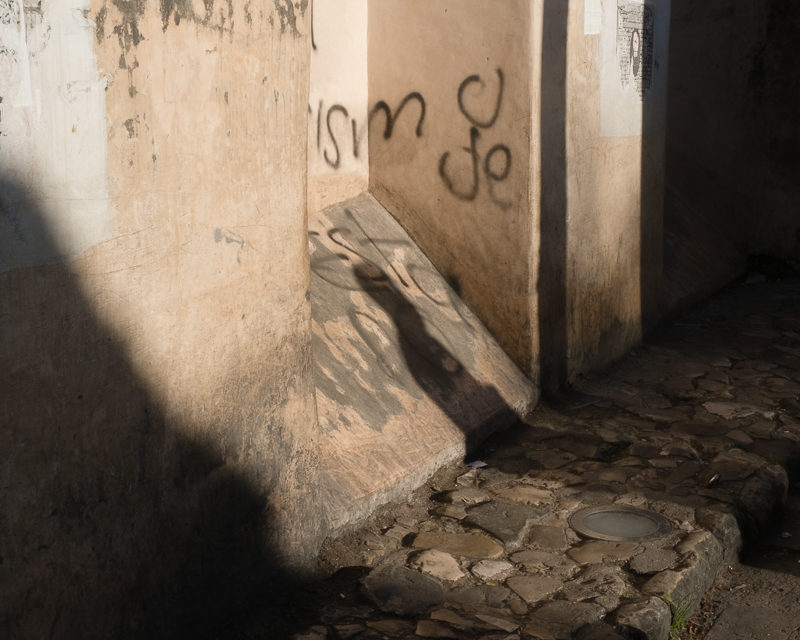

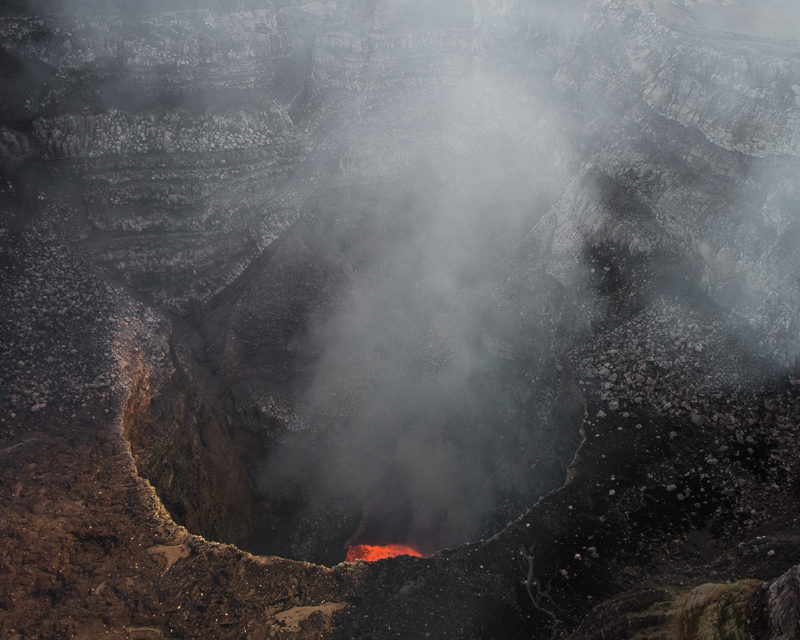
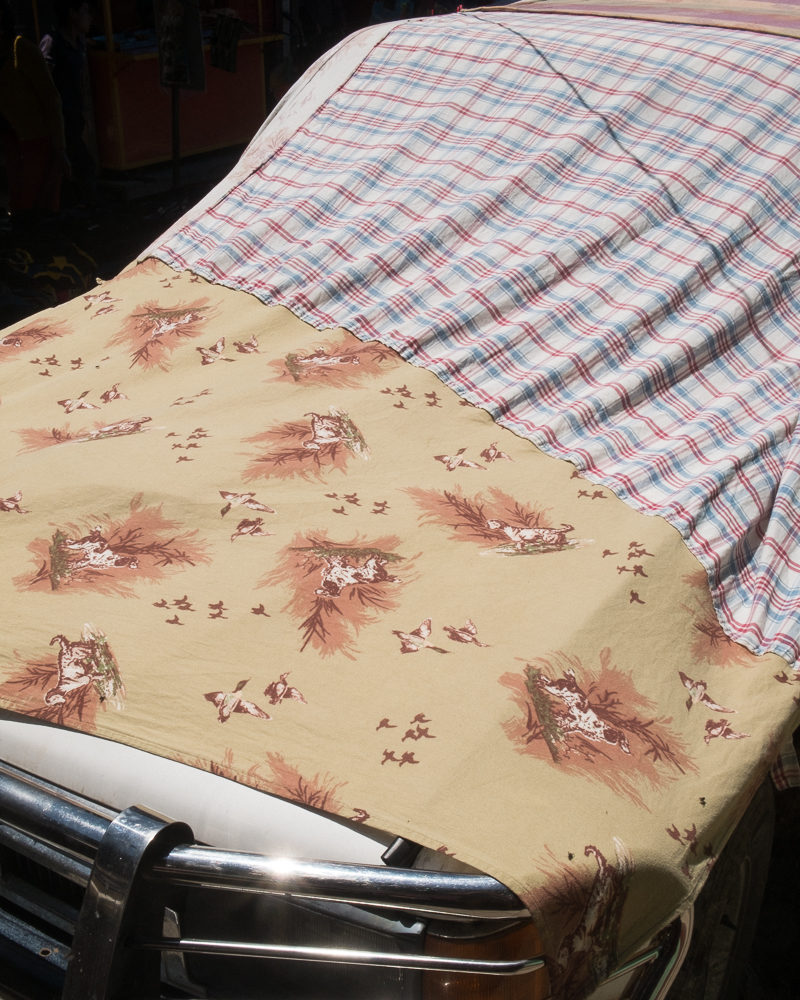


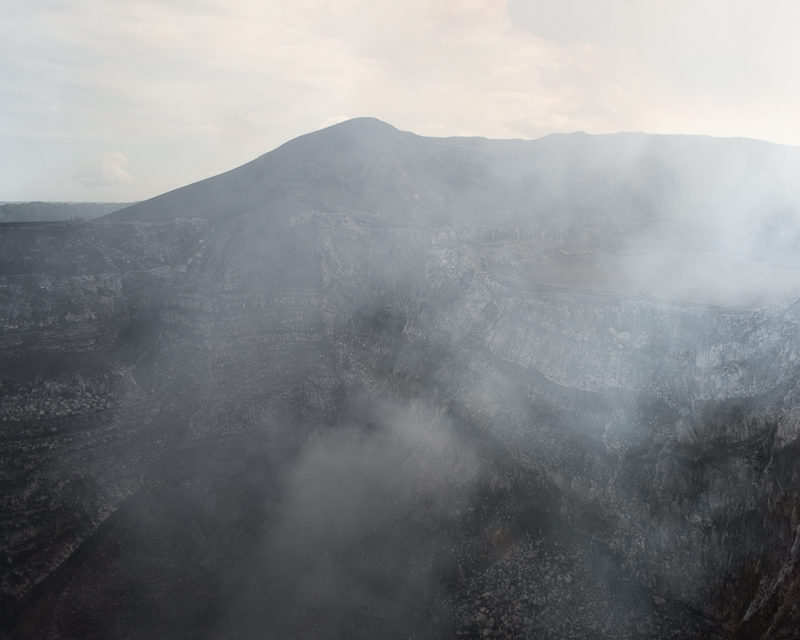
To view more of their work please visit his website.